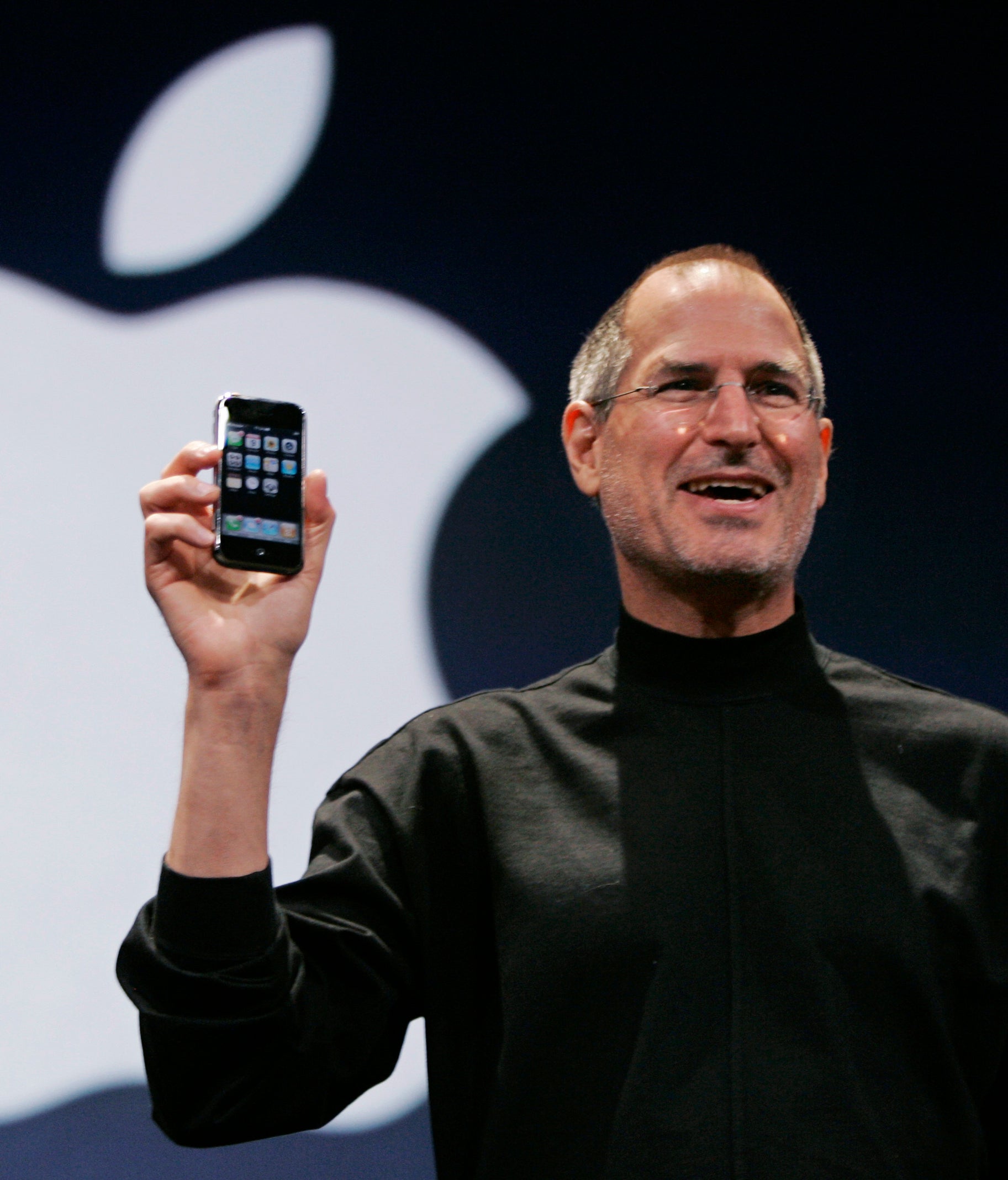Would Steve Jobs like the iPad today?
There are two truths that Apple fans must grapple with this week.


There are two truths that Apple fans must grapple with this week.
The first is that Steve Jobs unabashedly hated styluses. When introducing the first iPhone in 2007, the Apple founder said, “Who wants a stylus? You have to get ’em, put ’em away, you lose ’em. Yuck! Nobody wants a stylus. So let’s not use a stylus.”
The second truth: Every modern iPad—including new versions released on March 18, nearly a decade after the original—now works with the Apple Pencil, which some might call a stylus.
Is the Apple Pencil a stylus?
The first question we have to answer, if we’re to figure out whether Apple is flying in the face of the CEO who led to its becoming the most valuable public company in the world, is whether the Apple Pencil even is a stylus.
At the time of Jobs’ short-form stylus rant, the cheapest and most prevalent kind of touchscreen was the resistive touchscreen. For this kind of technology, you had to push two layers of screen together, which would create a circuit for the device to figure out where on the screen your finger was pressing. If you have ever been annoyed at a touchscreen device, it was probably resistive.
Styluses were widespread at the time because of a simple physics formula. The smaller the surface area of an object, the greater the pressure it can exert on another surface. The small, pointed tips of early styluses, like the one shown behind Jobs during his 2007 presentation, were necessary to overcome inefficiencies of touchscreen technology.
Since the iPhone used a better kind of touchscreen called a capacitive touchscreen, which doesn’t respond to the force of the screen being pressed but instead the inherent electrical charge of your finger, a stylus wasn’t necessary.
So why the Apple Pencil? Released in 2015, the Pencil is not needed to overcome a deficiency in iPad screens, but to give greater fidelity to the 10 styluses God gave us, according to the gospel of Jobs.
In other words, the Apple Pencil’s main function is to augment the user, adding levels of pressure sensitivity and altering the input method to one that’s more familiar to traditional artists who might draw or paint with physical tools. For the other 90% of users who are not artists, the Apple Pencil is large enough to emulate a true writing utensil, rather than the traditional stylus that tucks inside the device’s body.
(Stylus enthusiasts might argue that the thin point of the traditional stylus also gave the user greater fidelity, since it was a more precise implement to click the screen. My counter-argument is that the precision allowed by earlier styluses was only needed for everyday tasks because screen sizes in 2007 were much smaller than they are today, especially in the iPad.)
So would Jobs hate the Apple Pencil?
Close inspection of the source material reveals that Jobs’s pitch against styluses isn’t hardware-based, but logistical. “You have to get ’em, put ’em away, you lose ’em,” he said. ”Yuck!” he added.
This is indeed still a problem. If anything, the original Apple Pencil is worse than historic styluses in this regard, because it was too large to fit inside the body of the iPad. It also didn’t attach to the iPad in any way, meaning you either had to buy a case that held the iPad and the Pencil, or tuck the Pencil in your pocket or backpack and hope you didn’t accidentally run it through the washer.
The newer iteration of the Apple Pencil, called the Apple Pencil, is only available for the newest iPad Pro (other iPad models only work with the non-new Apple Pencil, also called the Apple Pencil). The new Pencil somewhat fixes the logistics issue: There’s a magnet that sticks it to the side of the iPad, while also charging the Pencil. The previous Pencil needed to be plugged into the Lightning port at the bottom of the iPad, which Jobs would have definitely hated because it was objectively ridiculous and gave people ammunition to make fun of Apple.
What about the iPad itself?
If there’s one thing that Jobs would not hate, it’s the iPad. The device has only gotten slimmer and lighter, while pretty much maintaining the same form factor as the original iPad introduced in 2010. The iPad Pro has even eliminated a majority of the device’s bezels, or the outer bar on non-screen bits, as well as the home button. We all know that eliminating buttons and ports was very dear to Jobs.
What’s the verdict?
This deeply personal Quartz analysis finds that Jobs probably would not hate the new iPad, but would still have hated the idea of the Apple Pencil. Although it has more recently been pitched as a creative device, the iPad was introduced by Jobs as ideal for content consumption rather than creation. Jobs said that for the iPad to make sense, it would have to be convenient for browsing, email, enjoying and sharing photos, watching video, listening to music, playing games, and reading ebooks.
“If there’s going to be a third category of device, it’s going to have to be better at these kinds of tasks than a laptop or a smartphone. Otherwise it has no reason for being,” he said. With the iPad, “it’s phenomenal to see a whole webpage right in front of you, and you can manipulate with your fingers.”